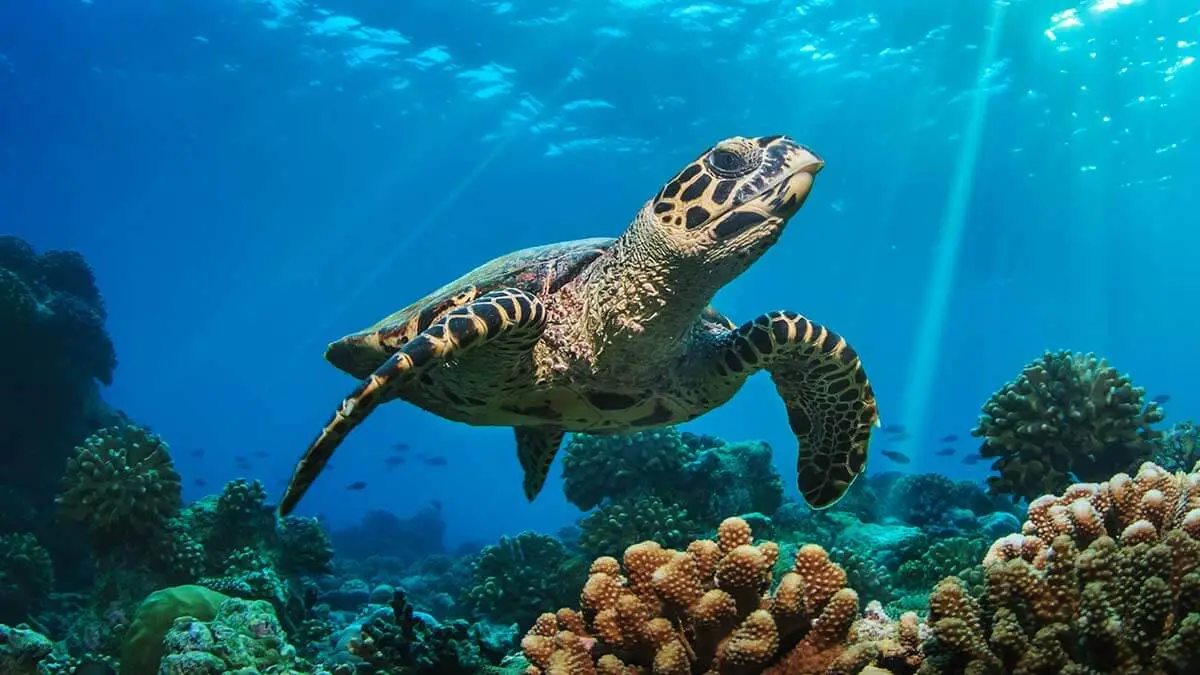
Sea turtles have long captivated tourists worldwide. Spotting one of these majestic creatures is often the highlight of coastal vacations. But sadly, sea turtles are rapidly disappearing from our oceans. Six of the seven species of sea turtle are listed as vulnerable or endangered. This blog explores fascinating facts about...
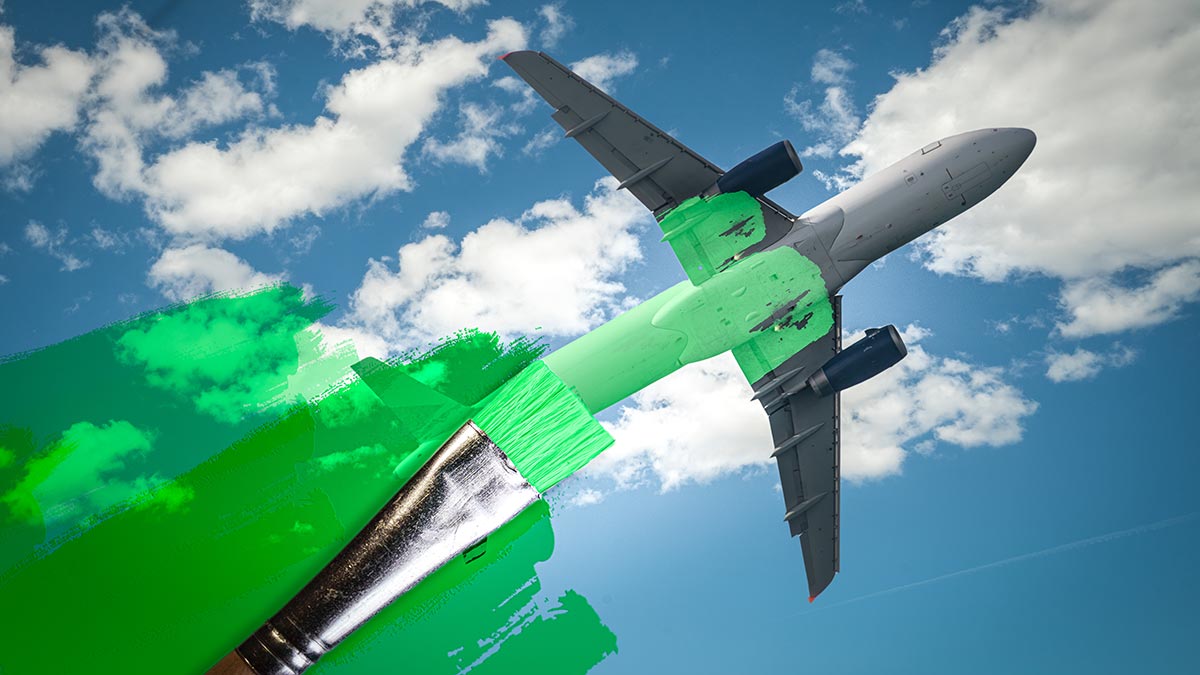
As travelers become more aware of their environmental impact and seek conscientious travel options, the tourism industry is responding by promoting sustainability efforts. However, not all of these claims are sincere. This practice, known as greenwashing, has become increasingly prevalent in the tourism industry as businesses try to capitalize on...
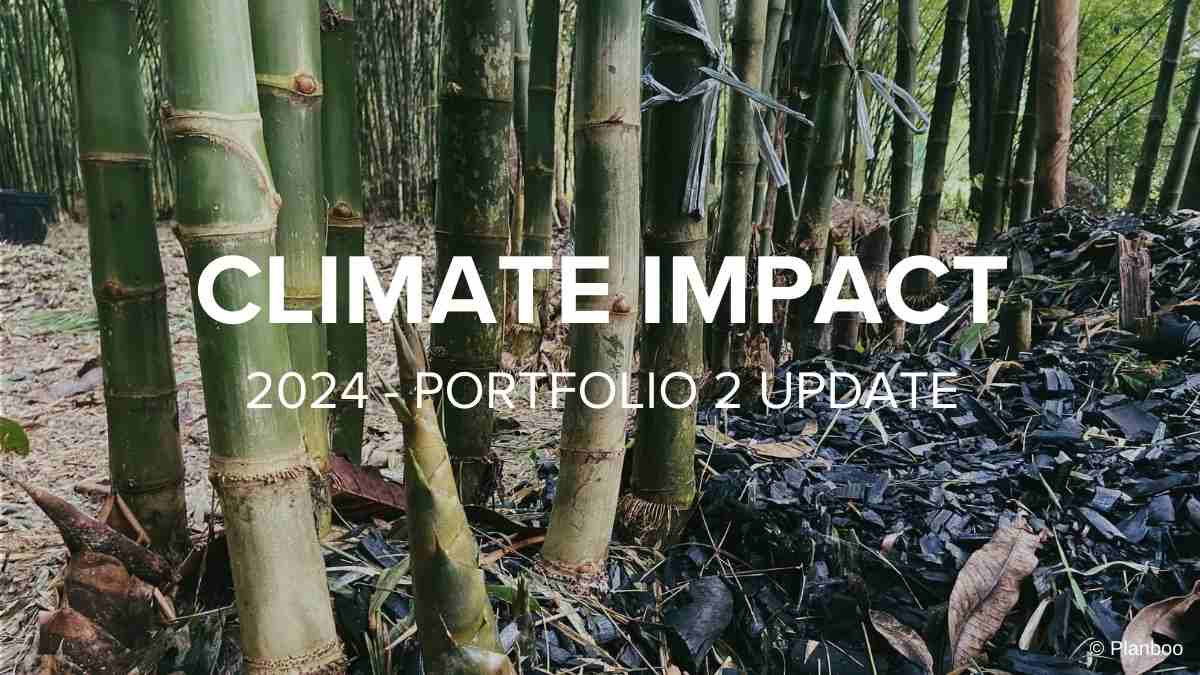
Our second Climate Impact Portfolio of 2024, released on April 10, supports four carbon offset projects around the world. Read on to learn more about the impact these projects are creating for the climate, communities, and biodiversity. Carbon offsets purchased from Portfolio 2 of 2024 are distributed across the forestry,...
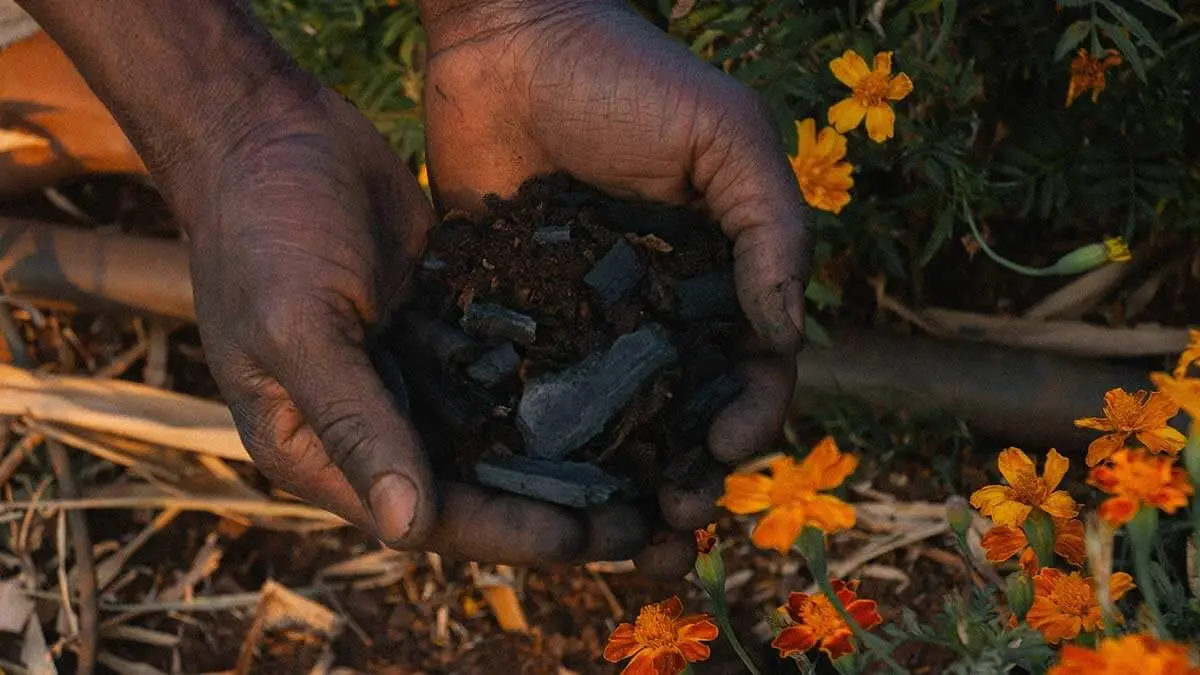
In recent years, there has been an increased focus on the environmental toll that tourism takes on the planet. Air travel and energy consumption are often the center of these critiques due to their high levels of carbon emissions. Yet other overlooked factors also drive up tourism’s carbon footprint, such...
This video takes viewers to the WongPhai Bamboo Biochar carbon offset project in Thailand. During this visit, two members of the project team, Fred Hornaday and Benjamin Bennett, delivered a five-day training. This included performing a thorough site inspection and teaching local partners how to use Planboo’s digital MRV tools...
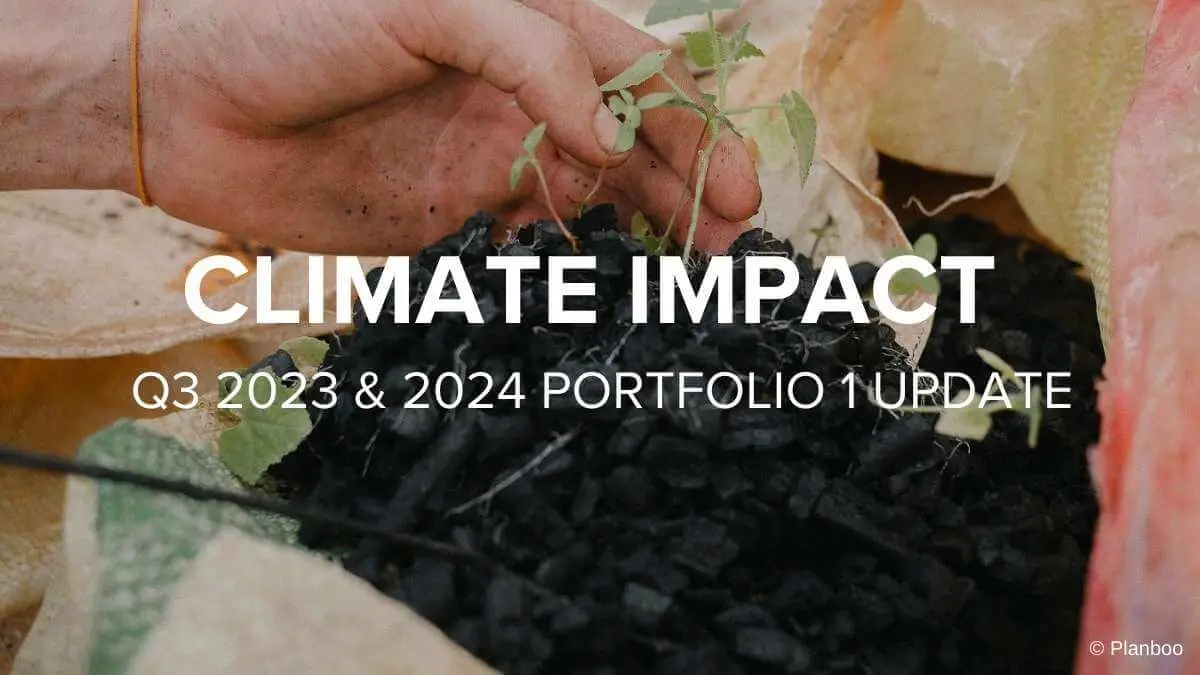
In Q4 2023, released on January 1, our network supported four climate projects through our carbon offset program. These projects are also included in our first “real-time” portfolio, available starting in January 2024. Read on to learn more about the impact these projects are creating for the climate, communities, and...